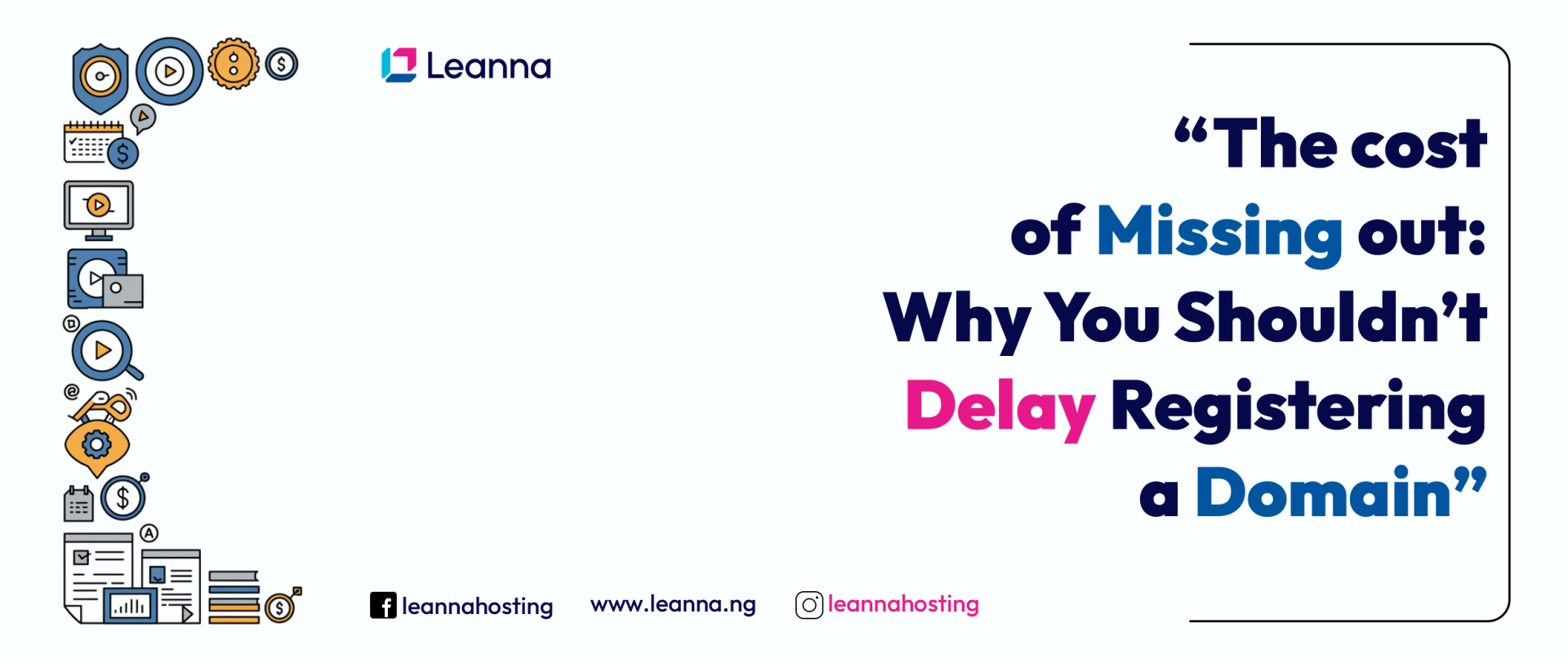- Sophisticated Cyber Threats: Cybercriminals are constantly evolving their tactics, techniques, and procedures (TTPs) to bypass traditional security measures and exploit vulnerabilities in digital systems. Advanced persistent threats (APTs), ransomware attacks, phishing scams, and zero-day exploits are among the many sophisticated cyber threats organizations face today.
- Legacy Systems and Infrastructure: Many organizations still rely on legacy systems and infrastructure that may lack built-in security features or receive limited support and updates from vendors. These legacy systems are often vulnerable to security breaches and may pose challenges in terms of patching, monitoring, and securing.
- Cloud Security: The migration of data and workloads to cloud environments introduces new security challenges, including data breaches, misconfigurations, insider threats, and shared responsibility models. Ensuring the security of cloud-based assets requires robust identity and access management (IAM), encryption, data loss prevention (DLP), and continuous monitoring.
- Internet of Things (IoT) Security: The proliferation of IoT devices introduces additional attack vectors and security risks, as many IoT devices lack proper security controls and are susceptible to exploitation. Weak default passwords, lack of encryption, and unpatched vulnerabilities in IoT devices pose significant challenges for cybersecurity.
- Data Privacy and Compliance: Increasingly stringent data privacy regulations, such as the General Data Protection Regulation (GDPR) and the California Consumer Privacy Act (CCPA), require organizations to protect sensitive data and comply with data protection standards. Achieving and maintaining compliance with these regulations while ensuring data security can be challenging, particularly for organizations with global operations.
Prefer short URL to this article? use this: https://leanna.ng/r1vd




